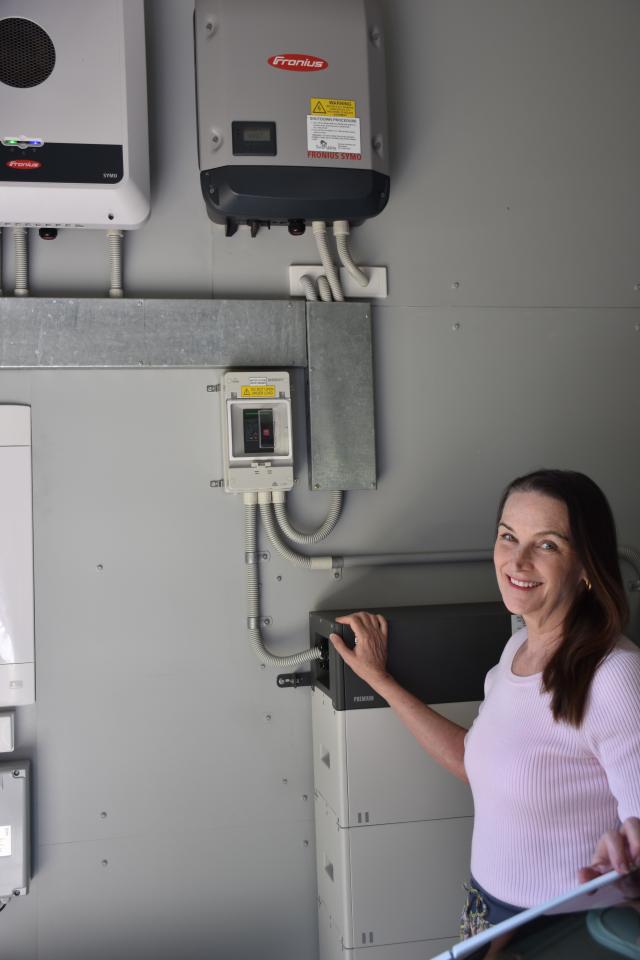Would you like to increase the return on your home solar?
The Federal Government’s Cheaper Home Batteries Program is a $2.3 billion initiative launched on 1 July, aimed at making home battery systems more affordable for homes, businesses and community organisations. But before installing a home battery there are a few factors to consider.
The program is often described as an upfront discount of about 30 per cent, however the upfront discount is based on the size of the battery. The program provides rebates on batteries on a per kWh basis up to 50kWh. The rebate can be claimed on a battery of up to 100kWh but is the same as the rebate on 50kWh. This means the rebate on a 50kWh battery is five times what the rebate is on a 10kWh battery.
There are also many choices of batteries; one website has about 80. Your choice will be made based on a few factors, for example how much solar you have and hence how much spare electricity generated is going to the grid each day, what your consumption is, and whether having power in a blackout is required.
Most people install a home battery to take advantage of the cheap electricity generated by their solar. The saving made by charging the battery from the solar generated electricity and using the electricity stored in the battery to run the house or business in the evening can amount to enough to pay for the battery in five to eight years. Batteries usually have a warranty of 10 years. The bigger the solar and consumption, the bigger the battery needed, and the shorter the pay-back of the investment in the battery.
In addition, many people like the security of having their own battery in the case of a power blackout. But be cautious. Not all batteries provide power in a blackout. If that is important to you, that should be made clear when getting a quote.
And then not all batteries recharge from the solar. In a multi-day blackout, you could be running your house or business on the battery you have, but if it’s not being topped up by your solar, it’s not going to supply power for more than about one day. Having a battery in a blackout is useful for running lights, fridges & freezers, and a small air-conditioner. But unless you have made an appropriate investment, your battery is not going to run your whole house or business.
A ‘catch’ with the program is that for a battery to be eligible for the rebate, it must be suitable to be part of a Virtual Power Plant or VPP. If you decide to make your battery part of a VPP, you usually hand control of your battery to a third party, e.g. an electricity retailer. The retailer may then make a small payment to you to allow them to take advantage of your battery. The important point is that the battery only has to be suitable to be part of a VPP, not actually be part of a VPP. You can choose to maintain full control of your battery, or you can let a retailer control it.
The increased number of home and business batteries rolled out under this program will complement the neighbourhood batteries and the much larger utility scale batteries being installed across Australia. All these batteries soak up the middle of the day excess generation are an important part of the transition of our national electricity system to renewables.
If you would like to learn more or get involved locally check out www.zeroemissionsnoosa.com.au or email info@zeroemissionsnoosa.com







